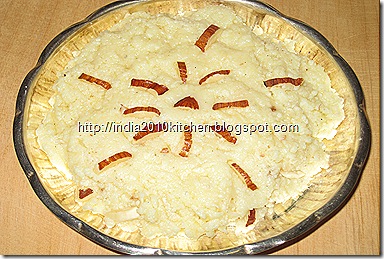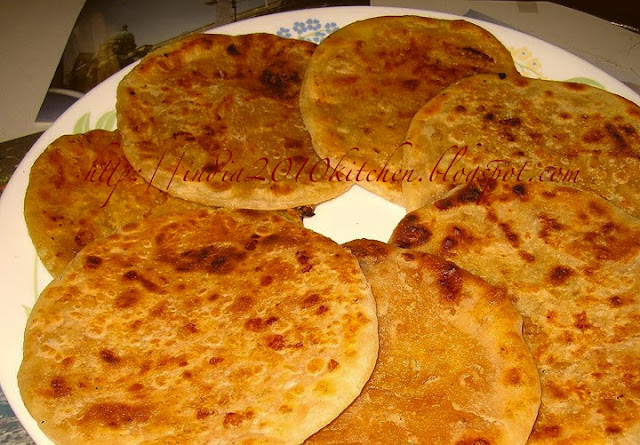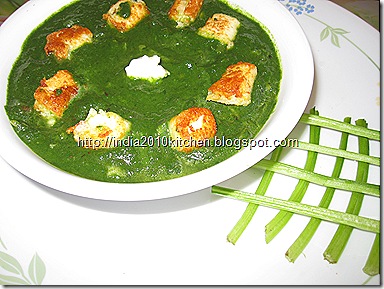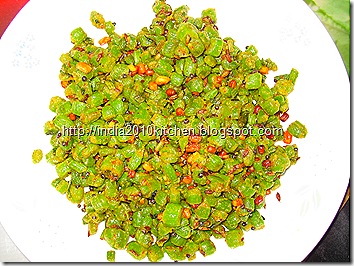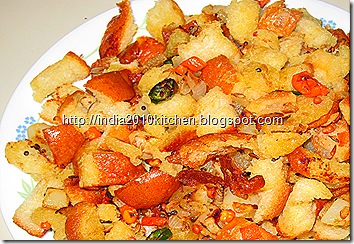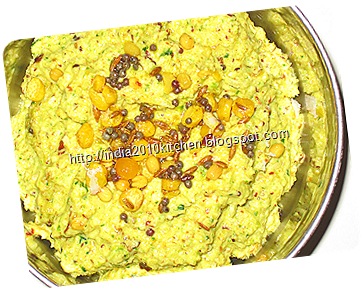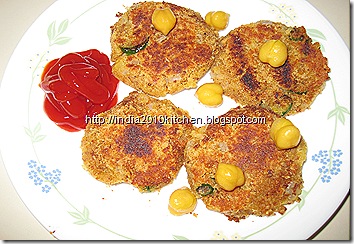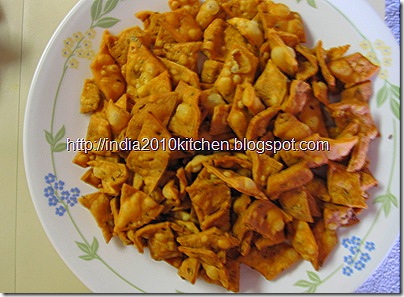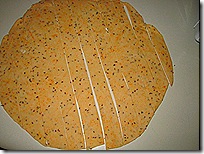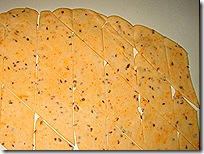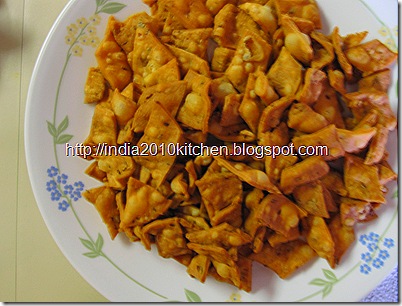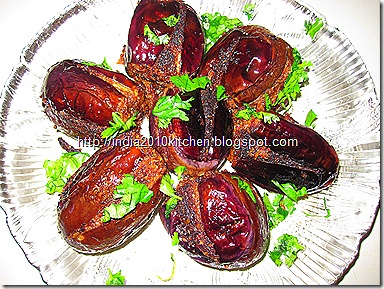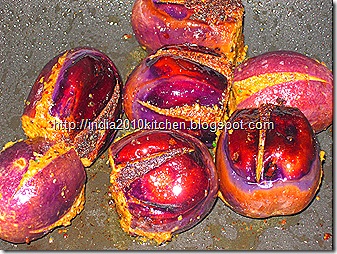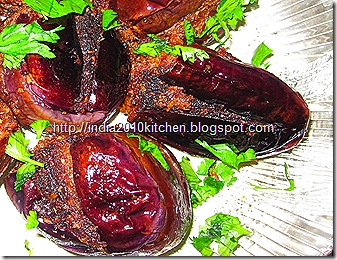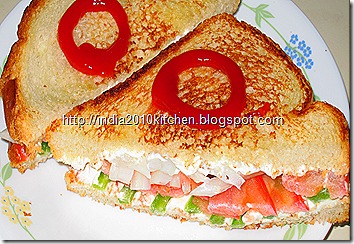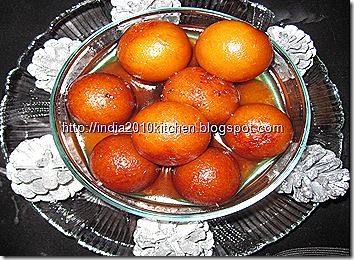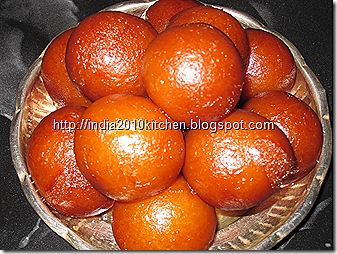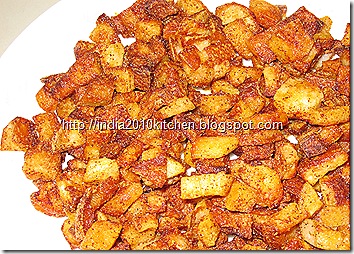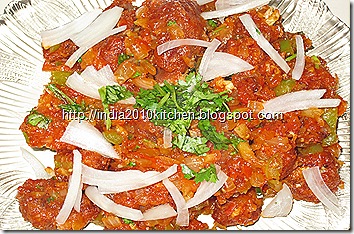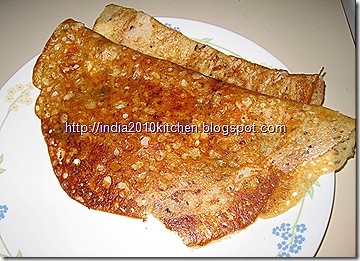 Rava dosa is called as ravvattu in Telugu. These crispy, net textured, Indian pancakes can be had for breakfast or can replace dinner. This purely South Indian Rava dosa is a favorite of many, but making these remained a mystery for many others. Right from the ratio of rava to the flour, Mixing of the batter, Thickness of the batter, art of pouring the dosas, every thing plays an important role in getting the right mouthwatering dosa. One important point to note is, as the name itself suggests, these are rava dosas, so the main and dominating ingredient should be the rava and not the flour. This I have mentioned specifically because I have seen many making the batter with lots of flour and a little bit of rava. Here I come with a recipe of rava dosa which has the base in my Mom’s recipe, but with my own variations.
Rava dosa is called as ravvattu in Telugu. These crispy, net textured, Indian pancakes can be had for breakfast or can replace dinner. This purely South Indian Rava dosa is a favorite of many, but making these remained a mystery for many others. Right from the ratio of rava to the flour, Mixing of the batter, Thickness of the batter, art of pouring the dosas, every thing plays an important role in getting the right mouthwatering dosa. One important point to note is, as the name itself suggests, these are rava dosas, so the main and dominating ingredient should be the rava and not the flour. This I have mentioned specifically because I have seen many making the batter with lots of flour and a little bit of rava. Here I come with a recipe of rava dosa which has the base in my Mom’s recipe, but with my own variations.INGREDIENTS
- Rava(suji) 2 cups
- Maida 1/4 cup
- Rice flour 1/4 cup
- Salt to taste
- Oil 2 Tsp
- Chana dal 1/4 tsp
- Urad dal 1/4 tsp
- Mustard 1/8 tsp
- Curd 1/2 cup(optional)
- Water to mix the batter
- Onions 1 (finely chopped)
- Grated carrot 2 Tsp
- Cashews a few
- Green chilies 2 (finely chopped)
- Oil for frying
- Ginger small piece(finely chopped)
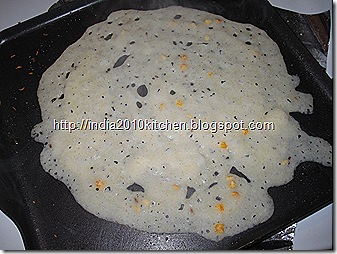 Heat a tava and smear some oil onto it. Mix the batter well and pour a ladle full of batter in circular direction on the tava starting from the edges of the tava. Take another ladle full and cover the middle pocket in the dosa to form a perfect round( Do not try to spread the dosa with ladle). When the top layer tends to change color sprinkle the chopped onions, grated carrots, chopped chilies, cashews, chopped ginger. Add a Table spoon of oil on the dosa and cook till the bottom of the dosa turns golden brown. Fold the dosa into half and serve the yummy rava dosa with coconut chutney and ginger chutney.
Heat a tava and smear some oil onto it. Mix the batter well and pour a ladle full of batter in circular direction on the tava starting from the edges of the tava. Take another ladle full and cover the middle pocket in the dosa to form a perfect round( Do not try to spread the dosa with ladle). When the top layer tends to change color sprinkle the chopped onions, grated carrots, chopped chilies, cashews, chopped ginger. Add a Table spoon of oil on the dosa and cook till the bottom of the dosa turns golden brown. Fold the dosa into half and serve the yummy rava dosa with coconut chutney and ginger chutney. 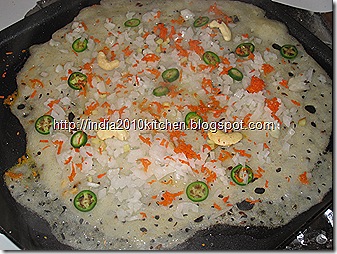 TIPS
TIPS - Roasting the rava makes it retain its grainy texture even after soaking the batter for half an hour. This helps in attaining net texture to dosa.
- Generally the rava dosas are crispy. If you want them to be soft add more of the maida an rice flour.
- Add grated coconut instead of carrot for a different taste.
- At the time of pouring the batter on the tava, mix the batter from the bottom as the flours and rava tend to settle at the bottom of the bowl.
- Keep the leftover batter in the refrigerator and this keep away the rava from further fermenting.
- Curd can be skipped if you do not like the taste.
- Add oil liberally so that you can get crispy dosas.
- If the stuffing is not used you can flip the dosa and cook on the second side also.
- Alternatively all the stuffing ingredients can be mixed in the batter and use the batter to make dosas. In this method you can cook the dosa on both the sides.(Use this batter the same day.)
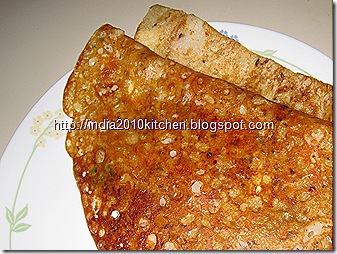 |
| Rava dosa |
